All about planting gooseberries in the fall

Autumn is the best time for planting new varieties of gooseberries or propagating existing shrubs by cuttings. With the right choice of the month of planting, the berry will quickly take root and will give rich yields in the future.
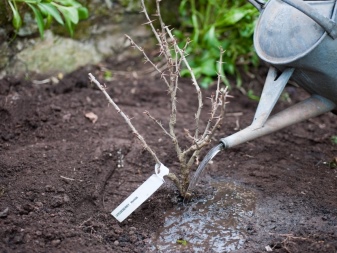
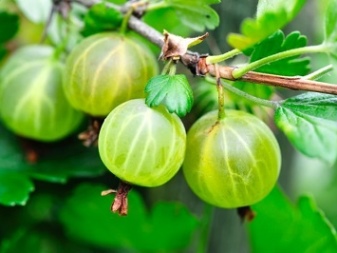
Benefits of autumn planting
Saplings are planted in spring or fall. In the second case, the survival rate of the planting material is higher for a number of reasons.
- In the autumn, there are fewer risks to buy low-quality planting material. In specialized outlets, an extensive selection of bushes is presented: with open and closed root systems. In addition, summer residents, after completing the fruiting of the gooseberry, can separate the shoots from the bush in their garden area for its subsequent reproduction.
- In autumn, due to the abundance of rains, there is increased humidity. - this frees the gardener from daily watering. There is no heat during this period, which means that the moisture will not quickly evaporate, and the bush will need additional nutrition.
- According to the experience of many gardeners, gooseberries planted in autumn take root better.than the one that was planted in the spring. There is an explanation for this: in the fall, the plant does not have a growing season, and it does not grow foliage. All the power of the plant and the nutrients obtained from the outside go to the active development of the roots. A developed root system in a young shrub is the key to its good immunity, active further growth and high fruiting in the future.
In the spring, there are great risks of damage to the planted bush by garden pests. In the fall, most insects are not so active, so the threat of damage to the seedling is minimal.
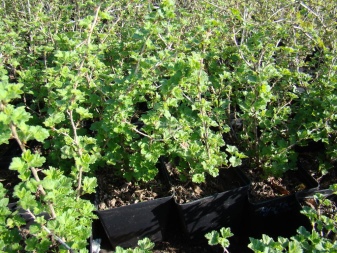
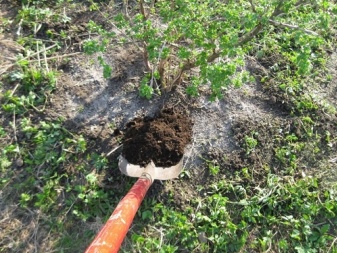
Timing
The climate in different regions of Russia varies greatly - in the south there are hot days in September, and in the north at this time the heating season is already open. Therefore, when planting gooseberries in the fall, you need to take into account the climatic conditions. For example:
- in the Moscow region and in the Far Eastern region, gooseberries can be planted in mid-October;
- in southern Russia and Ukraine, it is best to plant shrubs in October;
- in the Urals, the optimal landing time is from mid-September;
- in the north of Siberia, it is recommended to land in late August or early September;
- in the middle lane and the Volga region, gooseberries can be propagated from mid-September to the first week of October inclusive.
The main reference point when planting bushes is not a month, but the temperature - planting should be done about 4 weeks before the onset of the first frost. This time is enough for the root system to take root in a new place, and the gooseberries "prepare" for winter.
If, for some reason, the cuttings were not planted, and the cold came, it is better not to risk it, but to remove the planting material in a cool place until spring. Otherwise, a young seedling may die from excessively low temperatures or turn out to be weak and painful in the spring.


Sapling selection
So that the bush is not weakened and prone to various diseases, it is important to choose the right planting material. You should not shop spontaneously, you should carefully examine the seedling. Experienced gardeners recommend choosing the following planting materials.
- At least 2 years old. One-year-old shrubs with an underdeveloped root system do not take root well. However, in this case, there are exceptions - seedlings from containers.
- The bush must have at least 2 shoots, the length of each of which is at least 30 cm.The planting material should have a well-developed root system with a root length of 25 cm.
- The seedling must be visually healthy: without spots on foliage and signs of root rot.
It is more difficult to assess the state of planting material with a closed root system. In this case, when buying, you need to carefully lift the plant by the branches: a healthy seedling with well-developed roots will "firmly" sit in the container. The "weakness" of gooseberries is powdery mildew. Due to the susceptibility to this disease, it is recommended to buy varieties that are resistant to fungi. These include "Golden Light", "Date", "Beryl", "Ural Emerald" and others.
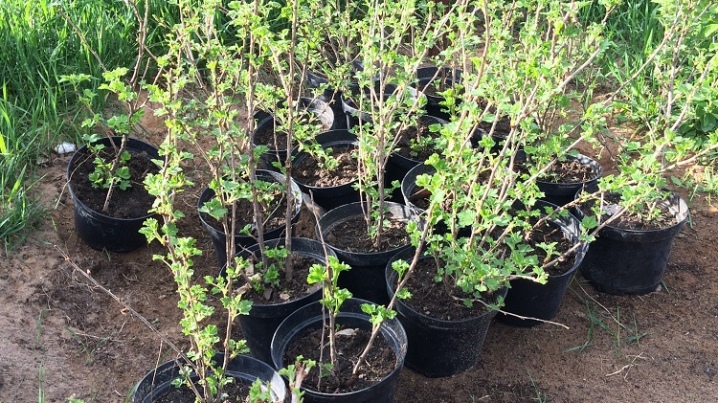
Preparation
Before planting gooseberries, you need to choose the right place, prepare the planting material and the hole. Mature shrubs are spreading, so you need to provide enough space for planting them. Space should be left between the bushes for the convenience of further processing, weeding and harvesting. When choosing a place on the site, it should be borne in mind that the plant is "capricious" in relation to sunlight and moisture: if it is constantly in the shade, its yield will drop, and when planted in wetlands, the culture will die.
The gooseberry will grow well and bear fruit abundantly in a well-lit area, protected from strong winds. The optimal level of groundwater in the planting zone is not higher than 100 cm. To get the maximum yield, you need to plant the bushes in the country in the open ground according to the following scheme: 100 cm between the seedlings themselves and 200 cm between the rows. If you need to plant a large number of bushes, it is allowed to compact the planting. To do this, the distance between the bushes is reduced to 60 cm, and between the rows - to 120 cm.
It is necessary to prepare the planting pits by the end of summer (depending on the region, 2 weeks before disembarkation). At the end of August, holes with a diameter of 30-40 cm and a depth of 50-60 cm need to be made in the ground, half of which should be covered with the following mixture:
- 10 kg of humus;
- 100 g of wood ash;
- 50 g double superphosphate;
- 40 g of potassium sulfide.
With this composition, you need to fill a little more than half of the pit. The mineral nutrient mixture will settle 2-3 weeks before planting. Sometimes the roots of the seedling dry out: this happens in cases when the planting material is bought in advance. If this happens, the bush is immersed in water a day before planting. If there is foliage on it, it must be completely removed. Damaged roots should be trimmed before planting.

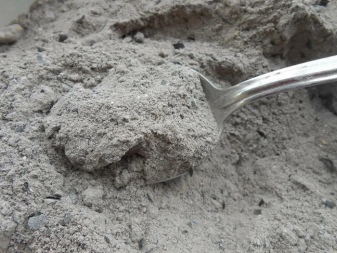
How to plant correctly?
Before planting a gooseberry, its roots must be immersed in a talker. For its preparation, you need to take 2 liters of water, 600 grams of clay and soil, a package of root-forming drug "Kornevin" and 4 g of "Aktara" (fungicide). The resulting volume is enough to process the roots of 10 bushes. Pour about 5 liters of water into each prepared hole and wait for it to be absorbed. Next, the roots need to be dipped into a pre-prepared chatterbox and put the bush in the hole. According to the planting rules, the root collar should be deepened by about 5 cm.
The seedling must be carefully sprinkled: first with the remnants of the fertile mixture, then with earth from the hole. For better stability of the gooseberry, the soil should be compacted with your feet. With the onset of frost, it is recommended to cover the seedling with agrofibre (this is especially true for regions with harsh climatic conditions).
In spring, the insulating material should be removed, otherwise there will be high humidity under it, due to which mold may develop on the seedling.
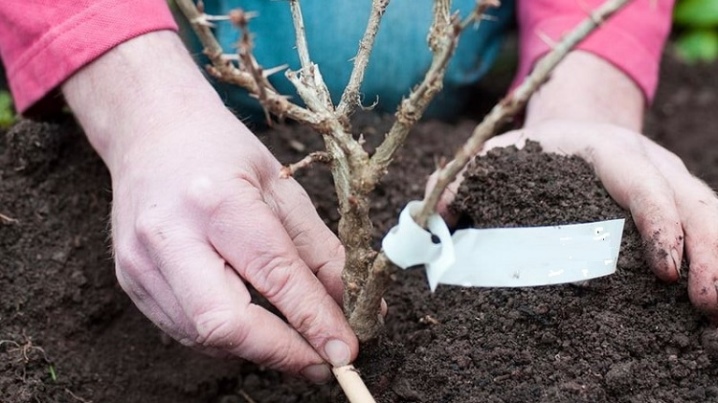
Follow-up care
After planting, gooseberries need watering, pruning shoots, loosening the soil and applying fertilizers. Compliance with the rules of care is a guarantee of the rapid development of the shrub, abundant flowering and a rich harvest.
Watering
Basically, in the autumn period, gooseberries have enough moisture from the rains. However, if the fall is dry, the shrub needs regular watering. In the northern regions of the country, it is allowed to irrigate the bush until mid-October (only if there is no rainfall), and in the south - until the end of November. Watering should not be excessive, because due to the abundance of moisture and not drying out the soil, the root system can be attacked by the fungus.
With the onset of spring, when the soil dries up and there is no rain, watering must be resumed. When watering, you must not allow water to get on the foliage, since even a few drops can provoke the development of diseases.
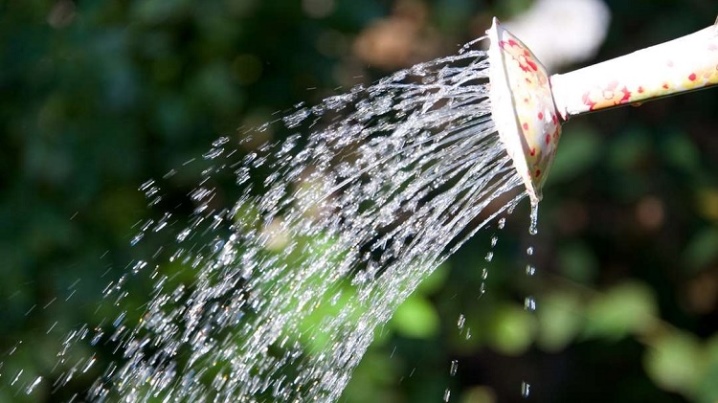
Top dressing
It is necessary to feed the gooseberries in the spring, in May, since the nutrient mixture was already laid in the hole when planting. In the summer, it is also necessary to apply mineral fertilizers 2-3 times. To properly feed the shrub, you need:
- remove weeds around the plant;
- loosen the ground;
- water the bush well;
- carry out mulching and add a nitrogen-mineral supplement.
Every gooseberry variety needs a lot of nitrogen. To replenish its reserves, you can use cow or bird manure. You can also prepare a solution from 1 bucket of water, 1 tbsp. spoons of urea and 2 tbsp. spoons of nitrophosphate.
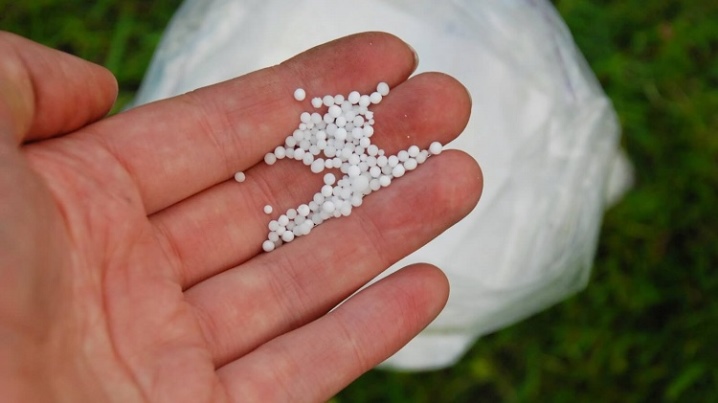
Loosening and removing weeds
You need to loosen the ground under the gooseberry bushes regularly, as these plants love soft soil. However, all manipulations to heave the soil must be carried out carefully, deepening no more than 5-7 cm. In gooseberries, the root system is located close to the soil surface, therefore, with deeper loosening, the roots can be injured.
For active development and abundant fruiting, weeds must be regularly removed, since the gooseberry does not tolerate their neighborhood. The accumulation of weeds provokes stagnation of moisture, which often becomes the cause of fungal diseases of the root system.
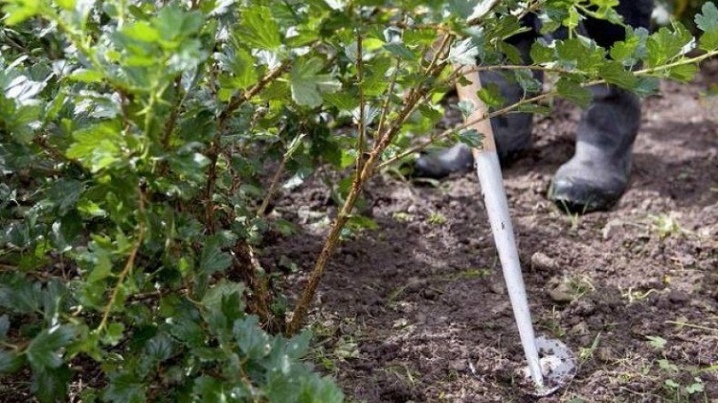
Pruning
After planting, a bush that has not been cut off in the nursery needs to be processed. If the root system is well developed, then the branches are cut to 15 cm. With weak and undeveloped roots, a length of 10 cm is left. At the same time, it is necessary that at least 3 live buds remain on each branch - such a bush will actively develop in the spring. Further, you need to prune every spring. After the autumn planting on a bush with a spring thaw, the buds will swell and the first leaves will appear, and it will begin to bear fruit in 3-4 years.







The comment was sent successfully.